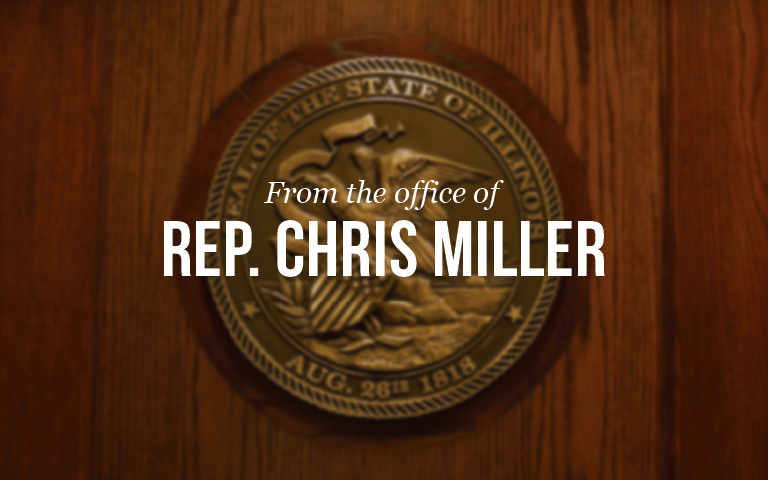President Trump Signed the CARES Act on March 27 to give Americans relief during the coronavirus pandemic. This $2 trillion relief package is phase 3 of President Trump’s coronavirus response,
Phase 1 – Coronavirus Preparedness & Response Supplemental
- Funding to increase testing, support treatments, and invest in vaccine development
- Resources to purchase essential medical equipment/supplies, and for the CDC, NIH, and state and local response efforts
Phase 2 – Families First Coronavirus Response Act
- Free testing for Americans that need to be tested
- Paid sick and medical leave for workers
- Emergency nutritional assistance
- Protections and
relief for small businesses
- Tax credits for paid, sick, and family leave.
- Increased access to telehealth
Phase 3 – CARES Act
- Direct financial assistance to middle-class Americans providing key immediate relief
- Emergency loans and resources available for small business so they can keep doors open & pay employees
- Stabilizes key national industries that will protect jobs and functions important to America’s economy
- Historic support for health care workers and hospitals who are fighting this virus
- Expanded unemployment insurance to 4 months & made it available for self-employed & independent contractors
- Keeps families in their homes
- Directs funding to state and local governments so they can continue to combat this crisis
The CARES Act provides aid to Americans, small businesses, and state governments alike. But what does it look like? I break it down here:
- Direct payments:
Checks for $1200 for individuals and $2400 for couples, increasing $500 per
dependent.
- One-time tax rebate check.
- $1,200 per individual, $2,400 per couple and $500 per eligible child.
- Not reduced for lower income Americans.
- They are reduced for higher income earners, starting at $75,000 for individuals, $112,500 for head of household, and $150,000 for married couples.
- Phases out completely at $99,000 for individuals and $198,000 for married couples.
- Expanded unemployment insurance to cover gig workers and self-employed and non-profit employees.
- Unemployment:
Funds new pandemic unemployment program at $250 billion to increase benefits
and allow people to be rehired when able.
- Expanded to include independent contractors and self-proprietors.
- Increases unemployment payments by $600/week.
- Limited duration.
- State and Local Relief:
$150 billion in funding to assist states and local governments during the
pandemic.
- Minimum of $1.25 billion for each state.
- For cities with less than 500,000 people, they would need to work with the state on the funding.
- Small Business:
$350 billion for the Paycheck Protection program which would allow for
forgivable loans up to $10 million for businesses that use the money for
specified purposes, including payroll and employment support.
- New SBA-backed loan program to help small businesses pay for expenses.
- Loans taken by small businesses to keep employees on payroll may be forgiven.
- 501 (c)(3)s will also be eligible for this program.
- Federal government will forgive 8 weeks of cash flow, rent and utilities at 100% up to 2.5x average monthly payroll.
- Economic Relief:
$500 billion in economic relief to employers and distressed industries. This
money will come with expanded oversight and requirements for use.
- Loans, loan guarantees, and investment authority totaling $529 billion, with $454 billion to be used by Treasury, working with the Federal Reserve, for all sectors and $75 billion in loans, guarantees and grants for passenger airlines, cargo carriers, and businesses critical to national security.
- Regulatory Relief: Allows regulatory relief so banks can grant loan forbearance for otherwise healthy businesses struggling while business has been shut down.
- Fed Assistance: Provides Treasury and the Fed the ability to provide several trillion in assistance to distressed industries, including airlines, through guaranteed loans while also including strong accountability protections.
- Tax Incentives: Provides tax policy incentives, such as fixing key technical corrections from the tax cut and Jobs Act, including QIP and NOL.
- Telehealth: Expands the use of Telehealth medicine to surge capacity and diagnose and treat patients in safe and faster environment. This includes the Home Health Care Planning Improvement Act, which was championed and co-lead by Congressman Carter.
- Hospitals and Health Providers: Over $100 billion to assist hospitals in their response to the pandemic.
- PPE and Vaccines: $27 billion for personal protection equipment, vaccines, and diagnostics.
- Homelessness and Housing: $7.4 billion to assist homeless and low-income populations during pandemic.
- Agriculture: $9.5 billion for agricultural community relief.
- Transportation: $36.1 billion for transportation systems, including airports, transit, and passenger rail.
- Student Loans:
Provides
needed relief to college students to ensure they are not harmed by colleges’
decisions to switch to online delivery models or close outright in the middle
of the semester.
- Provides direct financial relief to many student loan borrowers by pausing their monthly repayment requirements for six months with no penalty.
- Codifies the Trump administration’s decision to pause collections on defaulted student loans through September 20, 2020.
- Students will not be on the hook for financial aid distributed to them when the pandemic forced them to drop out mid-term.
Have questions? Check out the CARES Act FAQ here.
